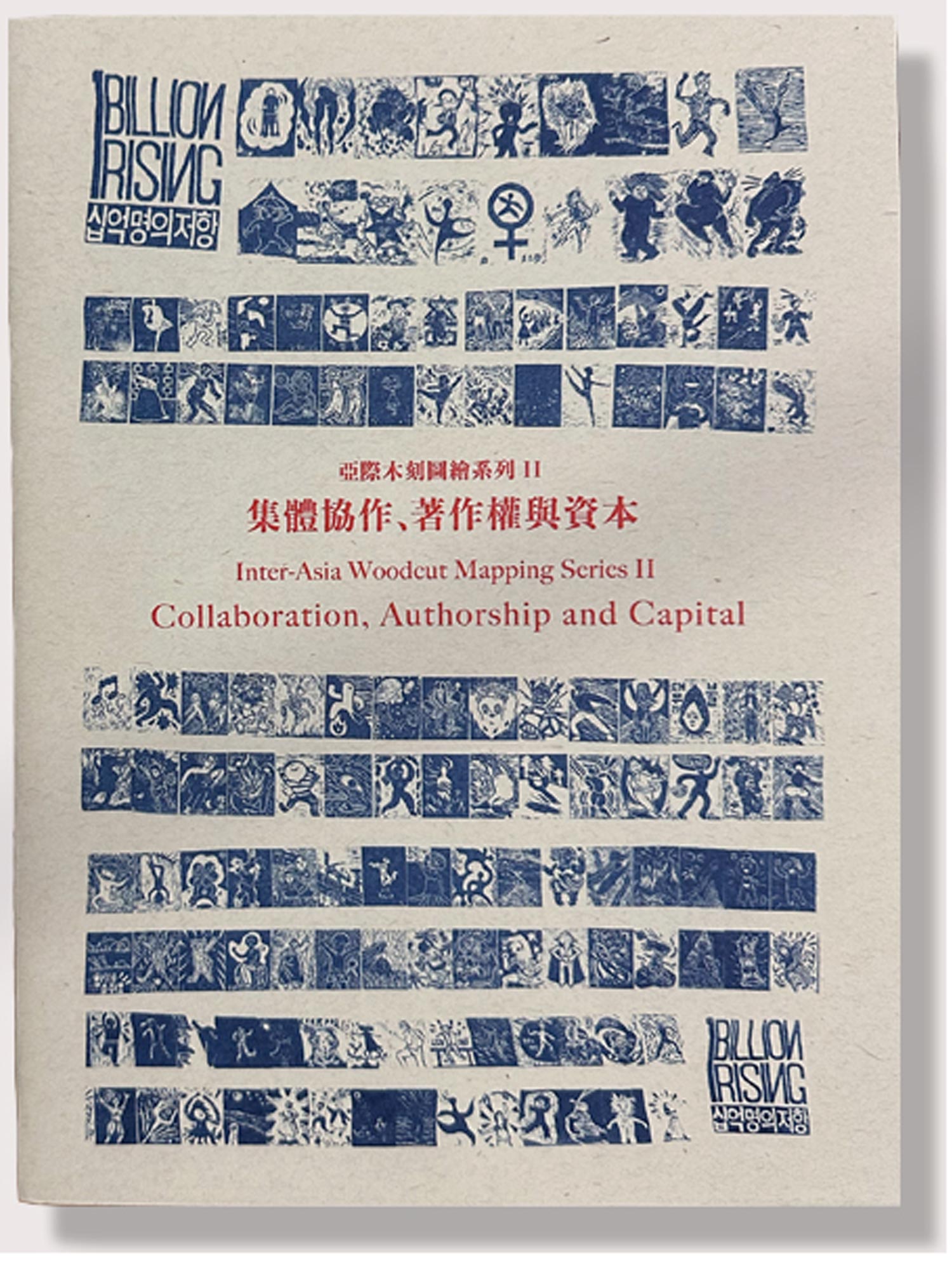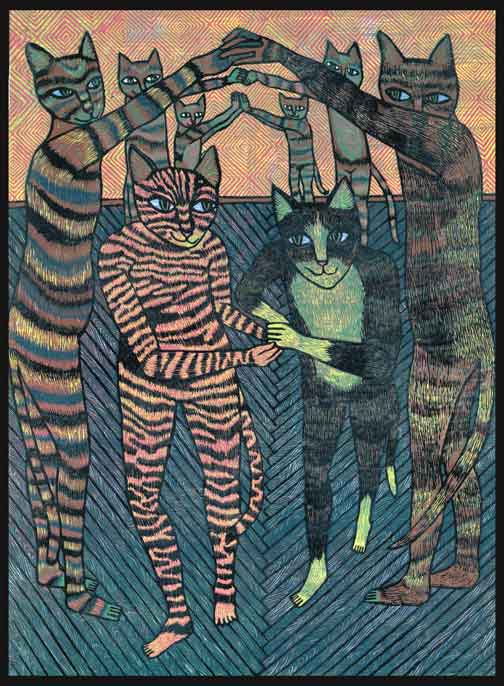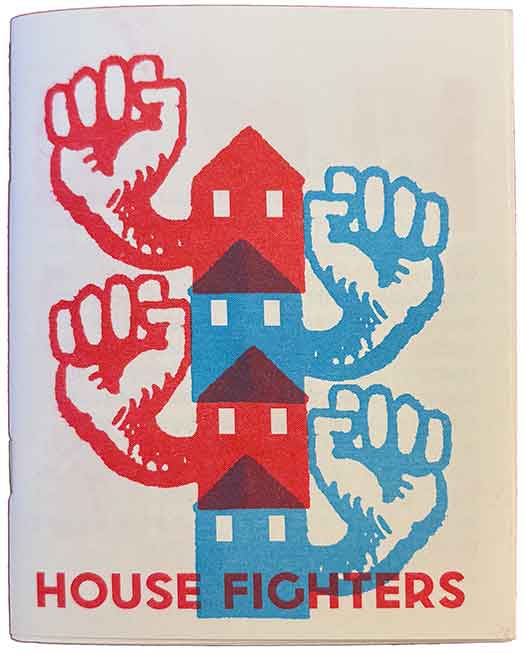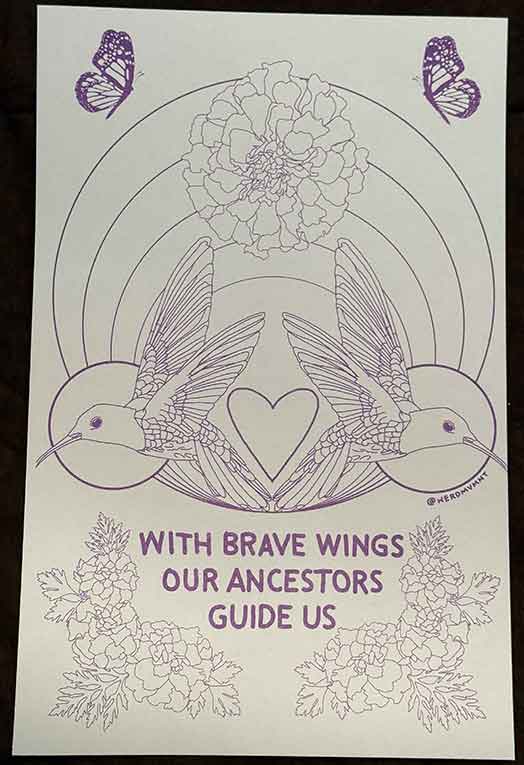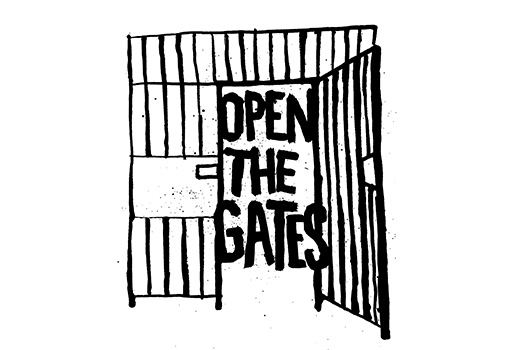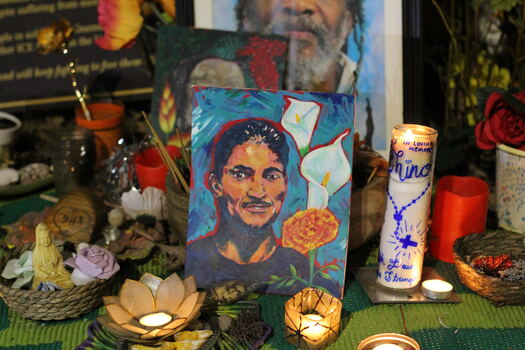Building on the first issue that mapped the network of various woodcut collectives in Asia, this second issue opts for the production perspective of collaborative practices as a starting point, and then goes on to study the divergence among various woodcut collectives from Taiwan, Japan, Korea, Indonesia, Malaysia and Mainland China. By writing on related topics, we examine how these collectives from different areas look at art creation as collaboration and we also examine the historical contexts of collaboration in South Asia and Southeast Asia. Based on the thinking of commoning under the framework of neoliberalism, we take the versatile formats of collective woodcut-making to rethink the difference between collective and community in different Asian localities.
Here, we try to address two common issues often encountered by practitioners. Firstly, how do artists/activists comprehend and deal with the concept of authorship in collaborative practices? Secondly, once a print is completed and being distributed, how do they frame the relationship between the print and the art market? Ultimately, is this practice a kind of confrontation against the operating logic of the capitalist system?
Content
Questions about Collaboration, Authorship and the Capital //Editorial Team
The Paradox of Reproducibility: Woodcut as Artwork //LI Ding
Why Do We Work Together? The Collaborative Practice Among the Self-organized Woodcut Collective in Asia //LEE Chun Fung
Amateurism of Woodblock Printing through the Lens of Marginal Art //AI Kano
The Fluidity of Participation: Visual Notes on Denpasar Kolektif //Gilang @ Propagila
The Confluence of Collective Art Making, Community Service and Artist Fame: An interview with Pangrok Sulap //Krystie NG
Our printmaking is not only good looking, but also conveys a message: A Self-interview of Print and Carve Department //CHEN Wei-lun
East Asia Ecotopia Ecology, Solidarity and Collective Art Action: An Interview with East Asia Ecotopia //Krystie NG
Text in Chinese and English
